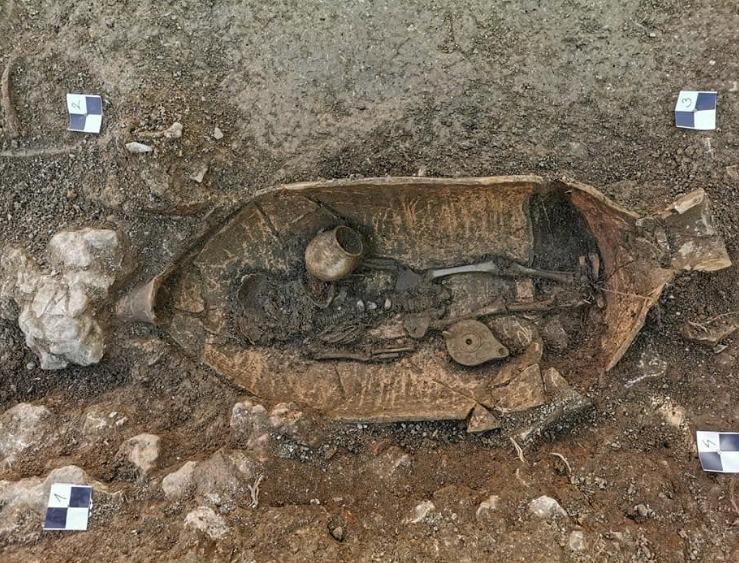
Late Antiquity in Dalmatia: Insights from the Hvar – Radošević Burial Site
Insights from the Hvar – Radošević Burial Site
The Archaeological Marvel of Hvar – Radošević
Nestled on the picturesque island of Hvar in Croatia, the Late Antique burial site known as Hvar – Radošević unveils the lives of individuals from the 3rd to 5th centuries CE. This archaeological gem offers a vivid glimpse into the lives of 33 individuals who once lived on this bustling marine trade route amidst the political turmoils of the Roman Empire. Located within the serene environment of an old palace garden, this site serves as more than just a resting place for these ancient souls—it represents a crucial window into understanding the complex societies that flourished during this transformative period.
The burial site consists of individuals both laid to rest within the confines of a single tomb (Grave 12) and others interred in nearby graves. Seventeen individuals found solace within the central tomb, while the remaining sixteen were distributed across the surrounding burial area. This arrangement creates an intriguing archaeological puzzle that speaks to the social dynamics and burial practices of the time period.
Our fascination with the past often begins in books and museums - but some of the most revealing clues lie within our own DNA. You can explore these genetic echoes of history at www.mytrueancestry.com.
Unveiling Ancestry Through Genetic Diversity
Genetic analysis paints a portrait of a richly diverse population residing in Hvar during Late Antiquity. The individuals at Hvar – Radošević were found to have a mixed genetic heritage, mirroring the Empire's far-reaching connections due to trade and cultural exchanges. While most people displayed a genetic legacy pointing to a blend of regional Mediterranean ancestries, unique outliers with distinct East Mediterranean and North African lineage were identified, illustrating the broad genetic tapestry that characterized this period.
Among the individuals analyzed, a plurality exhibited genetic affinities with modern Mediterranean populations. However, select individuals stood out as genetic outliers, possessing heritage markers suggestive of Eastern Mediterranean and potentially North African origins. Such diversity underlines Hvar's strategic position along trade routes that crisscrossed the Adriatic and connected disparate corners of the Empire, fostering a melting pot of genes and cultures that reflected the cosmopolitan nature of Roman society.
Life and Diet in Late Antiquity
The dietary patterns explored through stable isotope analysis indicate a primary reliance on terrestrial resources, with limited evidence of marine foods despite proximity to the sea. Through examination of stable carbon and nitrogen isotope ratios in human remains, researchers uncovered a story of terrestrial lives, firmly rooted in C3 plants like wheat, barley, and millet. Carbohydrate-rich, protein-poor diets were the norm, indicating subsistence strategies perhaps driven by socio-economic factors rather than resource availability.
Surprisingly, despite the island's seafaring reputation and the abundance of marine-related artifacts found in graves, the stable isotope data reveal scant evidence of marine consumption. This disconnect between cultural artifacts and dietary reality suggests that access to diverse trade goods didn't necessarily translate into everyday cuisine. The people's bones tell a tale where marine fare was seemingly a luxury rather than a staple, despite the community's apparent connection to maritime activities.
Health and Mortality Patterns
The stark indicators of poor health included high child mortality and widespread dental diseases, suggesting life was challenging on this Adriatic island. Osteological findings reveal markers of physiological stress across the population, with bones whispering stories of wear and hardship. The high occurrence of dental pathologies aligns with the carbohydrate-heavy diet, while signs of poor nutrition reflect a life of subsistence rather than abundance.
These health indicators paint a less glamorous picture of life on Hvar, contrasting sharply with the cosmopolitan grave goods that suggest active participation in Mediterranean trade networks. The evidence points to a community that, while connected to broader Roman commercial activities, still faced significant challenges in terms of nutrition and overall health outcomes.
Burial Practices and Social Structure
The burial site itself, with its clustering of graves both within a central tomb and outside it, adds layers of mystery and intrigue to our understanding of ancient social organization. Among the buried, no clear-cut social divisions were apparent based on grave goods or burial locations, suggesting an egalitarian approach to death and remembrance that contrasts with more hierarchical Roman burial practices found elsewhere.
The grave goods themselves tell fascinating stories of global connections, including pottery, oil lamps from North Africa and Asia Minor, coins, fishhooks, and collections of sea snail shells. These artifacts hint at a life connected yet separate from the wider Mediterranean world, suggesting that while the community participated in long-distance trade, they maintained distinct local practices and identities.
Community Dynamics and Cultural Identity
Genetic analysis revealed a complex web of familial connections interwoven with unrelated individuals within the tombs, suggesting that the community's burial practices were sophisticated and possibly reflective of socio-cultural dynamics that valued collective interment without strict adherence to biological family lines. This pattern indicates social bonds that extended beyond immediate kinship, perhaps reflecting adopted family structures or community-based social organization.
The absence of differentiation between those buried within the confines of the central tomb and those interred outside presents an intriguing puzzle. Rather than indicating social stratification, the burial practices appear to reflect a community that, while diverse in ancestry and possibly in social roles, shared common burial traditions that emphasized collective identity over individual status.
Archaeological Significance and Future Research
What makes Hvar – Radošević particularly captivating is how it seamlessly weaves together multiple strands of evidence to create a comprehensive story of cultural interactions, migrations, and everyday life from over a millennium ago. This site represents a rich tapestry of human history, shedding light on the complex societies that flourished in the shadows of the Roman Empire during its transformative Late Antique period.
The archaeological findings from Hvar – Radošević offer invaluable insights into the mental, physical, and social fabric of a bygone era, bringing us closer to understanding the kaleidoscope of human experiences under Roman rule. While further excavation and analysis await to reveal additional aspects of this ancient community's lived experiences, the current evidence provides a compelling portrait of adaptation and resilience at the crossroads of ancient globalization.
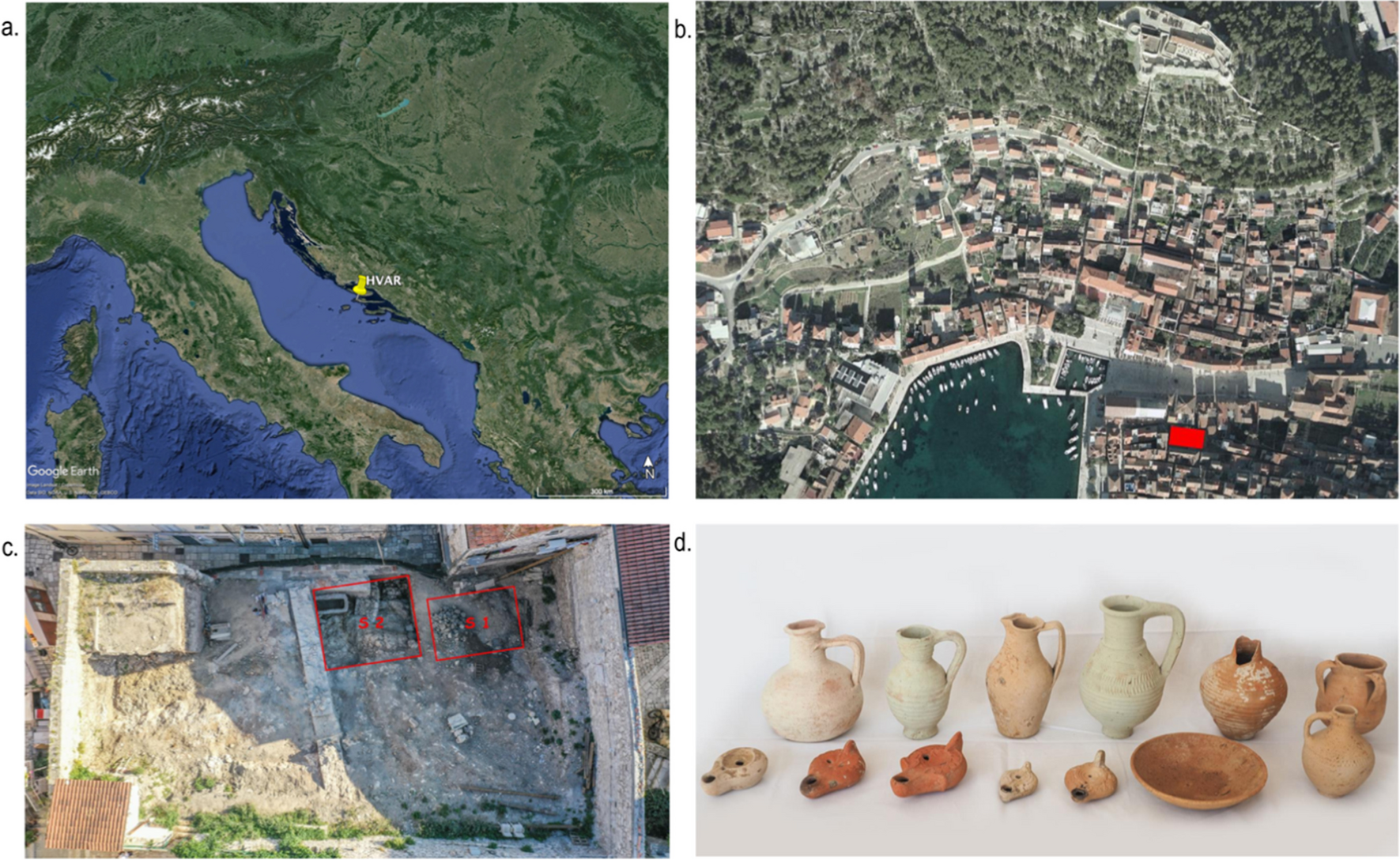
Discover how your DNA connects to ancient civilizations at www.mytrueancestry.com.
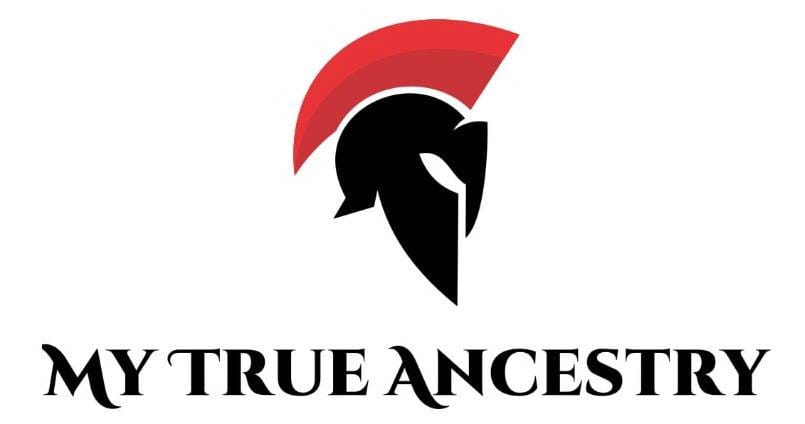



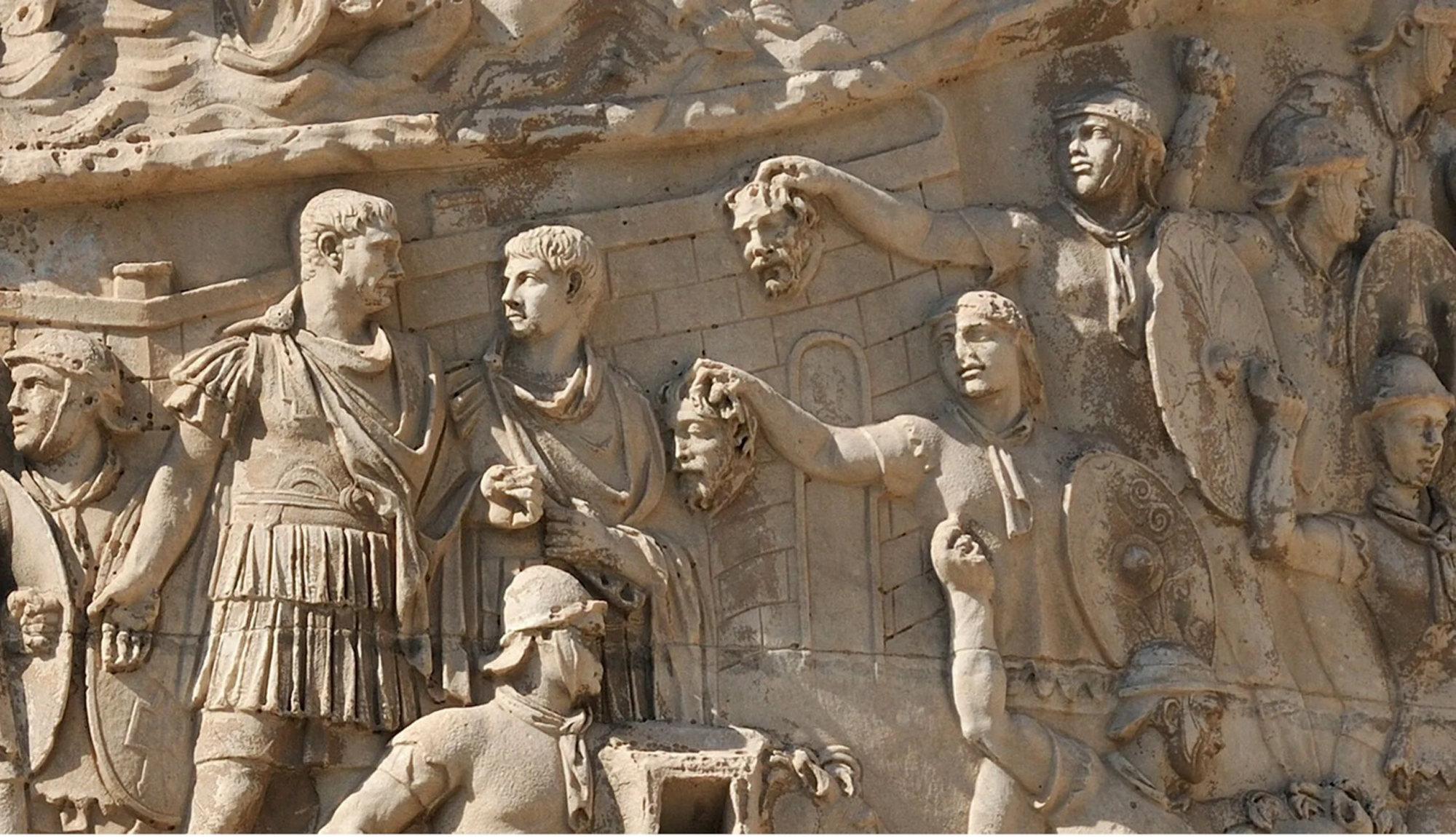
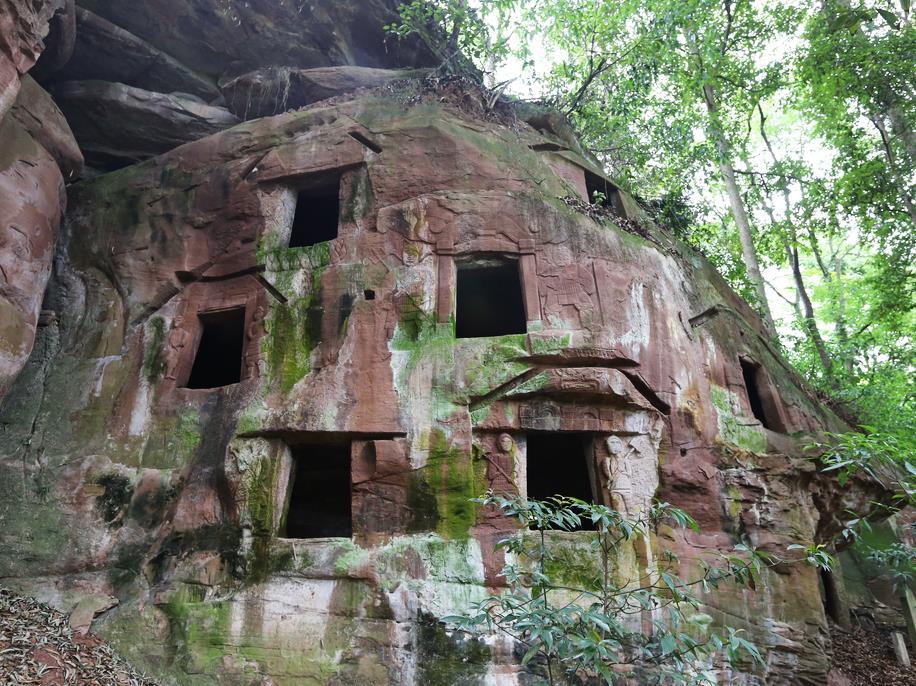
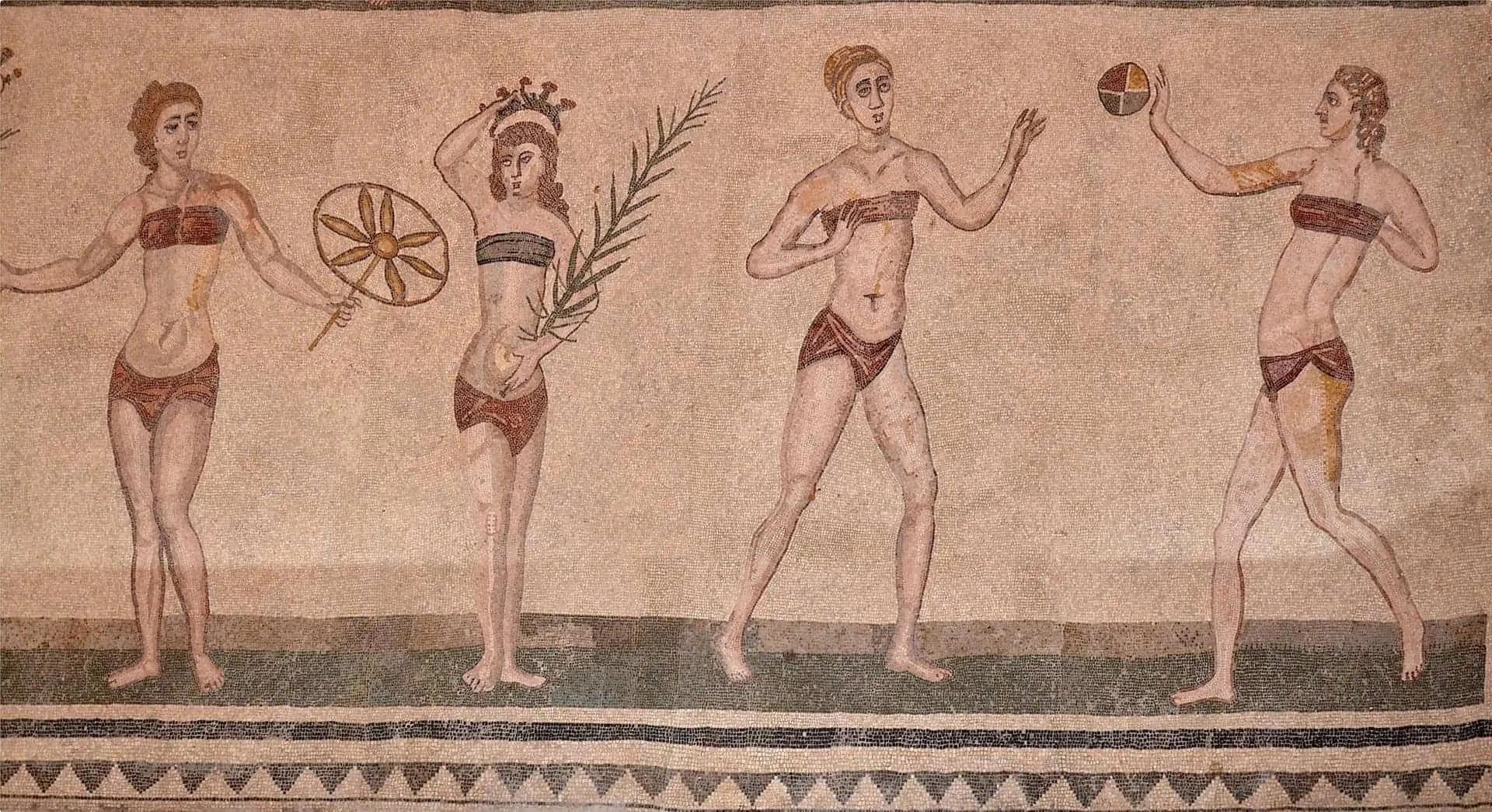

Comments